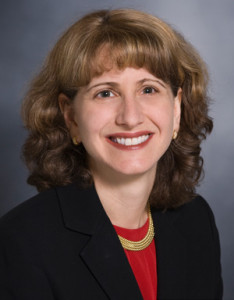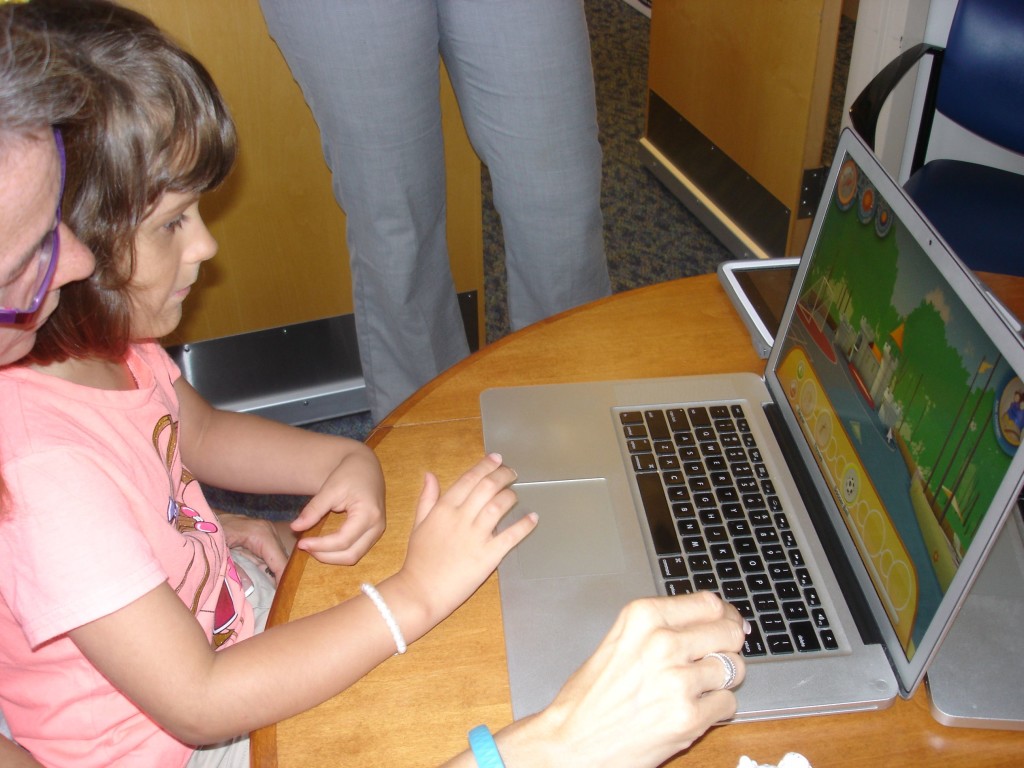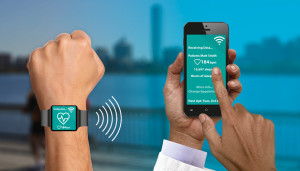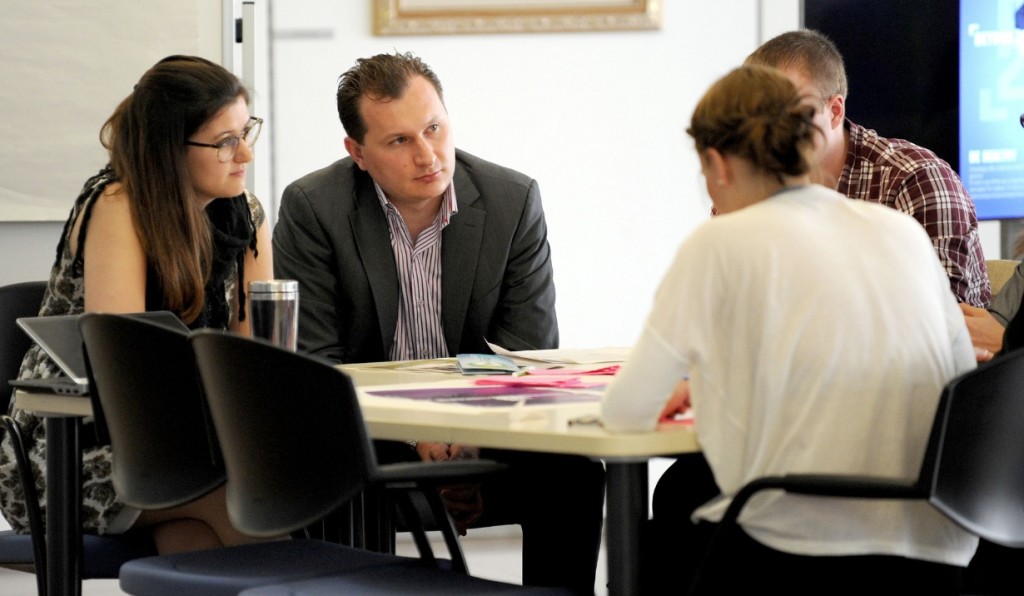 Naomi Fried, PhD, Chief Innovation Officer at Boston Children’s Hospital, will lead a panel on Innovation Acceleration at Taking on Tomorrow: Global Pediatric Innovation Summit + Awards (October 30-31, Seaport World Trade Center, Boston). Register now!
Naomi Fried, PhD, Chief Innovation Officer at Boston Children’s Hospital, will lead a panel on Innovation Acceleration at Taking on Tomorrow: Global Pediatric Innovation Summit + Awards (October 30-31, Seaport World Trade Center, Boston). Register now!
The word innovation gets thrown around a lot these days by people trying to set their products and ideas apart in the marketplace. But when everything is innovative, is anything really innovative? And if there really are innovative ideas, are they simply flashes of brilliance that can’t be planned for or predicted?
The answer to this last question is “no,” as I see every day at Boston Children’s Hospital, where I lead the Innovation Acceleration Program. The real trick is creating an innovation culture that supports great ideas—but that also supports the not-so-great ideas that teach us almost as much.
So what are the attributes of an innovation culture? Full story »

Fixing a real problem, even a small one, can transform health care.
What can innovators do to work with investors and industry to move an idea toward commercialization? Speakers at the upcoming
Global Pediatric Innovation Summit + Awards, hosted by Boston Children’s Hospital, have some simple advice: Don’t think your innovation has to be sexy.
Health care is plagued by problems that aren’t necessarily sexy or compelling, says Mandira Singh, MBA, of AthenaHealth, who will speak at the Summit’s Mobile & Digital Health panel. More than many other industries, it still depends on outdated technology. For example, it’s the only industry that continues to rely on fax machines. “These are small problems that need to be fixed,” Singh said recently at a Boston Children’s Hospital forum.
Instead of focusing on everyday challenges, innovators often think far out into the future—to where they think health care will be in 10 years. That can be a trap: Full story »
 Technology sometimes unfolds at a slow, measured pace and sometimes at lightning speed. Right now, we are witnessing what is arguably one of the fastest moving fields in biomedical science: a form of genome editing aptly known as CRISPR.
Technology sometimes unfolds at a slow, measured pace and sometimes at lightning speed. Right now, we are witnessing what is arguably one of the fastest moving fields in biomedical science: a form of genome editing aptly known as CRISPR.
CRISPR allows researchers to make very precise—some would say crisp—changes to the genomes of human cells and those of other organisms. You might think of it as a kind of guided missile. Its precision is opening the doors to a wide variety of research and, hopefully, medical applications. Indeed, the possibilities seem to be bound only by scientists’ imaginations.
“For a long time, we have been accumulating new knowledge about which gene mutation causes which disease. But until very recently, we haven’t had the ability to go in and correct those mutations,” explains Feng Zhang, PhD, a core member of the Broad Institute of Harvard and MIT, and one of the method’s pioneers. “CRISPR is one of the tools that is starting to allow us to directly go in and do surgery on the genome and replace the mutations.”
CRISPR stands for Clustered Regularly Interspaced Short Palindromic Repeats. While this name is a bit verbose, it points to the technology’s origins: a set of genetic sequences first discovered in bacteria. Full story »

Academic and industry partners are explicitly working to fill pharma pipelines.
Academic researchers and physician innovators are great at making research discoveries and developing inventions at an early stage. But if you were to fund them to turn their research findings into a product, would they have the expertise and experience needed to be successful? Most would not.
The investment community talks about the innovation funding gap, a.k.a. the “valley of death.” But there is also a knowledge gap on the part of academic researchers when it comes to transforming their technologies into therapeutics. Most want their findings to lead to new treatments for patients, but they lack the experience and expertise that companies have to advance early-stage research to a clinical stage. That includes expertise in designing pre-clinical experiments and navigating regulatory pathways for commercial development.
Academics often enter agreements with pharmaceutical companies, many of which are early-stage research grants. Often, these industry-sponsored research projects end with a scientific publication and are unsuccessful in generating new therapeutics—a subpar outcome for the company investor. Full story »

With initial help from her mother, Kailee West, 6, quickly masters the basics of Puddingstone Place, an interactive virtual environment that helps children with autism develop language skills.
In the 1990s, Facilitated Communication (FC), in which assistants “facilitate” the typing of thoughts by minimally verbal children by supporting their hands, began raising hopes in the autism community. The unproven procedure caught fire, and Syracuse University established a nationally recognized Facilitated Communication Institute.
Upon closer examination, though, doubts emerged. The messages were surprisingly sophisticated and written by children who often were not even looking at the keyboard. Critics charged that the words were actually those of the facilitator rather than the patient. Studies and organizations began discrediting FC. Full story »

Credit: Samantha Morris, PhD, Boston Children's Hospital
If you’ve lost your way on the Boston subway, you need only consult a map to find the best route to your destination. Now stem cell engineers have a similar map to guide the making of cells and tissues for disease modeling, drug testing and regenerative medicine. It’s a computer algorithm known as CellNet.
As in this map on the cover of Cell, a cell has many possible destinations or “fates,” and can arrive at them through three main stem cell engineering methods:
• reprogramming (dialing a specialized cell, such as a skin cell, back to a stem-like state with full tissue-making potential)
• differentiation (pushing a stem cell to become a particular cell type, such as a blood cell)
• direct conversion (changing one kind of specialized cell to another kind)
Freely available on the Internet, CellNet provides clues to which methods of cellular engineering are most effective—and acts as a much-needed quality control tool. Full story »

Fitbit, Jawbone, Nike, Withings…a lot of companies are already in the wearable/mobile health technology and data tracking game. But a couple of really big players are stepping on to the court.
At their most recent Worldwide Developers Conference, Apple announced both an app and a framework—Health and HealthKit—that will tie in with various wearable technologies and health apps. HealthKit will also feed data into electronic medical record (EMR) systems like Epic, which runs at some of the largest hospitals in the country. And rumors abound that an upcoming Apple smartwatch (iWatch? iTime? Only Tim Cook knows right now) will carry a host of sensors for tracking activity and health data.
Google also wants to get into the game with a health data framework called Fit that they announced at their I/O conference in June. Unlike Apple, its strategy seems more focused on providing a standard way for trackers, devices and apps from different manufacturers to talk to Android Wear devices.
What will entry of these big players mean? We asked Michael Docktor, MD, clinical director of Boston Children’s Hospital’s Innovation Acceleration Program. Full story »

A new proposal suggests spreading drug development risk among many small investors.
Ed Anderson, CCRP, is a clinical research specialist for the Clinical Research Center’s Development and Operations Core at Boston Children’s Hospital.
There’s no way around it. Obtaining approval to market a new drug is lengthy, complex, costly and fraught with uncertainty and risk. Financial engineers at MIT propose a strategy to minimize that risk—one that deserves a close look.
In the last 10 years, the aggregate cost of pharmaceutical research and development has doubled, but the number of approved products has remained the same. To compound the problem, a $1.6 billion reduction in NIH funding, caused by the 2013 sequester, has stalled research projects at more than 2,500 research institutions supported by grants. Pressure from investors and stakeholders is pushing pharmaceutical companies to focus on projects with a greater chance of financial success.
As a result, translational studies—those that bridge the gap between basic research and clinical trials—continue to be neglected and account for less than 12 percent of total research funding. Full story »
 Projections that the global mobile health market will boom to nearly $50 billion have ignited interest among innovators. A pair of physician innovators from Boston Children’s Hospital peg wearables as the technology to watch and offer a sneak peek at what adoption might mean, while others ask about the pediatric market for wearables and point to a few potential stumbling blocks. Read on for their views. Full story »
Projections that the global mobile health market will boom to nearly $50 billion have ignited interest among innovators. A pair of physician innovators from Boston Children’s Hospital peg wearables as the technology to watch and offer a sneak peek at what adoption might mean, while others ask about the pediatric market for wearables and point to a few potential stumbling blocks. Read on for their views. Full story »
Judy Wang, MS, is a program manager in the Telehealth Program at Boston Children’s Hospital. She is currently serving on the Mayor’s ONEin3 Council, which works on projects dedicated to maximizing the positive impact that young people have on the City of Boston.

(ITU/Rowan Farrell creativecommons.org/licenses/by/2.0/legalcode)
If you Google the term “millennials,” you’ll see that Google automatically fills in such search terms as “millennials lazy,” “millennials spoiled,” “millennials trophy kids” and “millennials entitled.” Ouch.
As part of the Mayor’s ONEin3 Council and a Founding Hacker for MIT’s H@cking Medicine, I could not disagree more with this assessment of my generation. I’ve observed young people increasingly drawn to civically minded work with public impact—including work in health tech. Full story »
 Naomi Fried, PhD, Chief Innovation Officer at Boston Children’s Hospital, will lead a panel on Innovation Acceleration at Taking on Tomorrow: Global Pediatric Innovation Summit + Awards (October 30-31, Seaport World Trade Center, Boston). Register now!
Naomi Fried, PhD, Chief Innovation Officer at Boston Children’s Hospital, will lead a panel on Innovation Acceleration at Taking on Tomorrow: Global Pediatric Innovation Summit + Awards (October 30-31, Seaport World Trade Center, Boston). Register now! 















